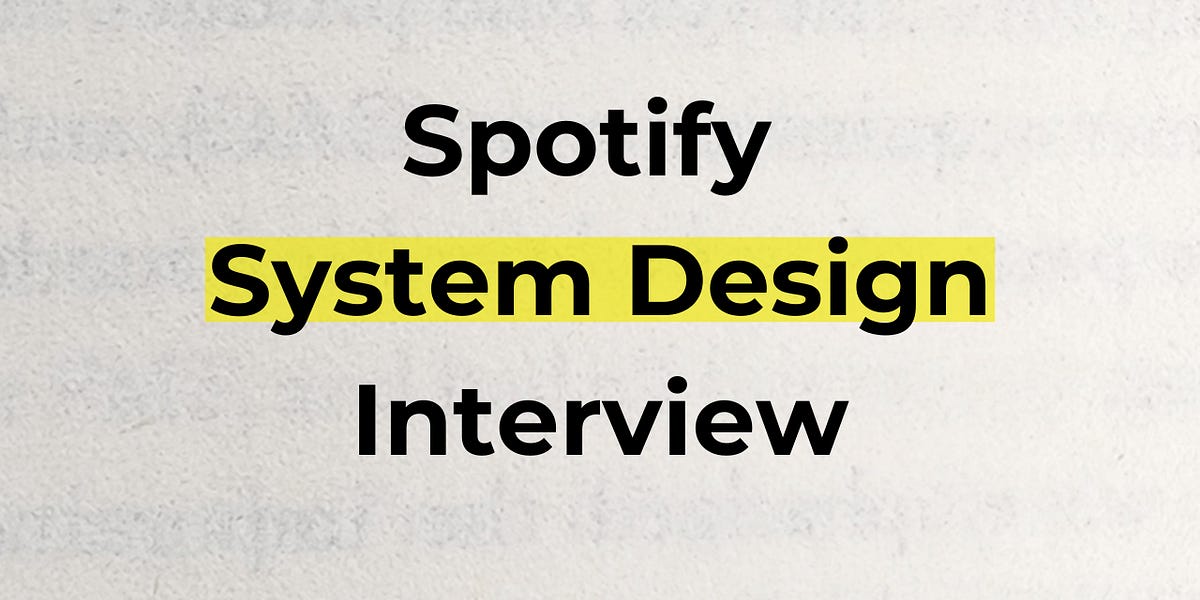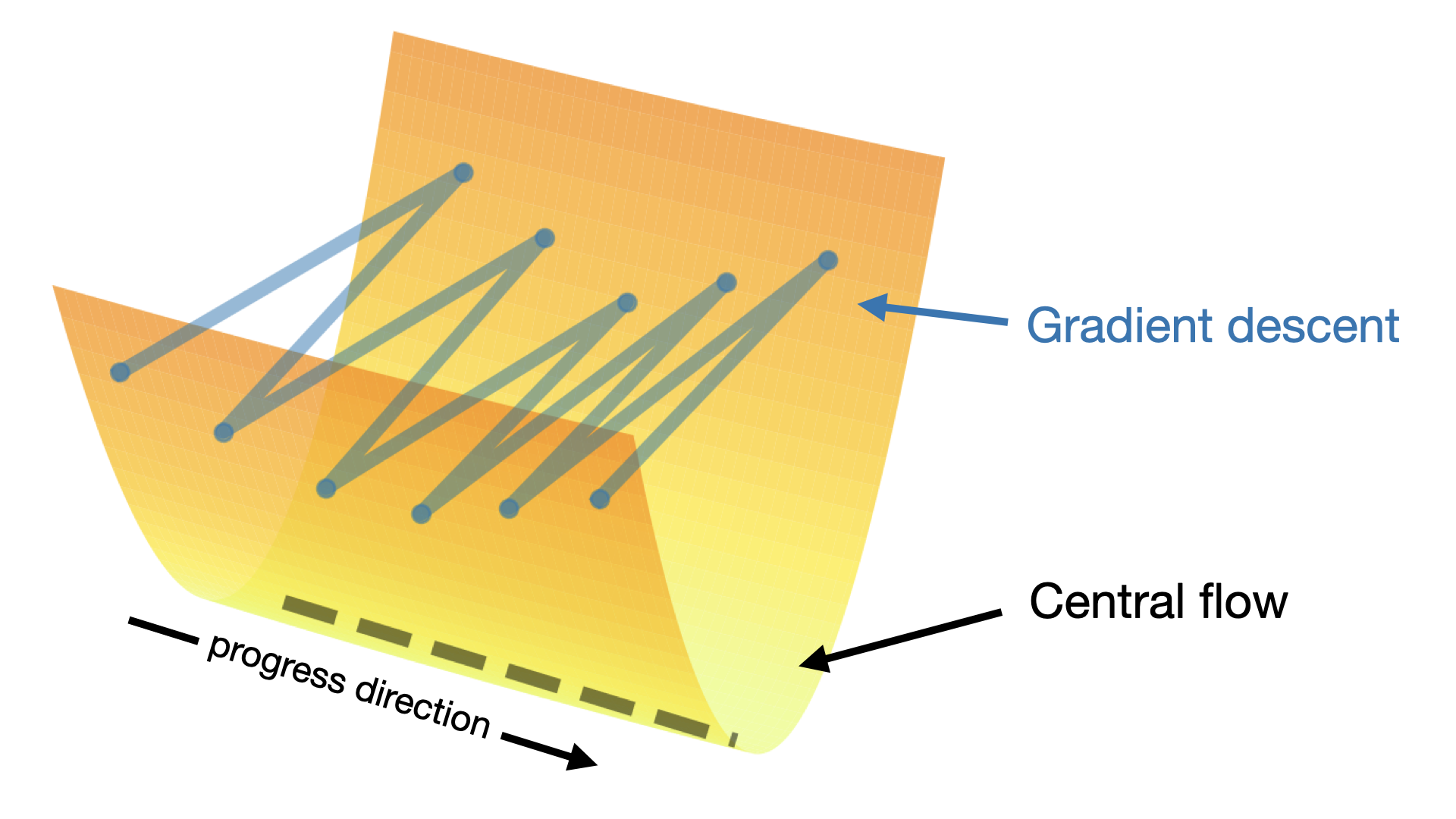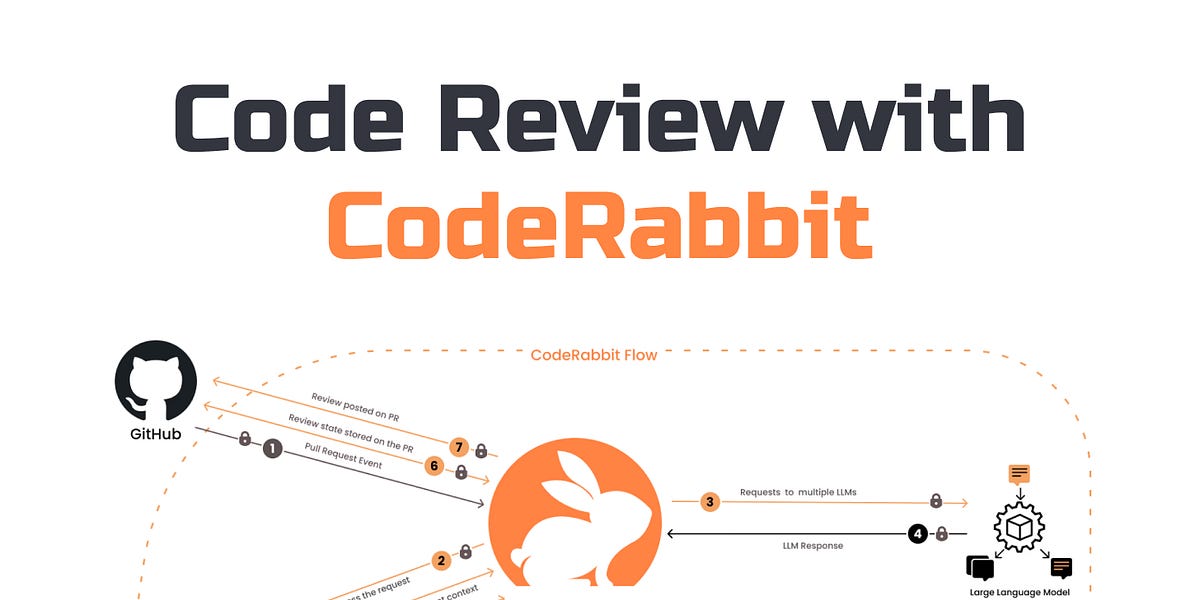
Happy Monday! ☀️
Welcome to the 966 new hungry minds who have joined us since last Monday!
If you aren't subscribed yet, join smart, curious, and hungry folks by subscribing here.

📚 Software Engineering Articles
This company literally solved the VA problem
Experience parallel AI agents in new programming trend
Node.js achieves 78% faster processing with buffer optimization
Master your first 90 days with this engineering onboarding guide
Learn to unlock Claude's full potential for coding
Complete guide to HTTP caching for better performance
🗞️ Tech and AI Trends
Meta launches React Foundation to secure framework's future
Google releases Gemini 2.5 with enhanced computer interaction
Bootcamp loses $23.5M after Reddit moderation attack
👨🏻💻 Coding Tip
What on earth is “rendez-vous” caching
Time-to-digest: 5 minutes
Big thanks to our partners for keeping this newsletter free.
If you have a second, clicking the ad below helps us a ton—and who knows, you might find something you love. 💚

Economic pressure is rising, and doing more with less has become the new reality. But surviving a downturn isn’t about stretching yourself thinner; it’s about protecting what matters most.
BELAY matches leaders with fractional, cost-effective support — exceptional Executive Assistants, Accounting Professionals, and Marketing Assistants — tailored to your unique needs. When you're buried in low-level tasks, you lose the focus, energy, and strategy it takes to lead through challenging times.
BELAY helps you stay ready for whatever comes next.

Netflix's data platform team recently supercharged their Maestro workflow orchestrator, reducing processing overhead from seconds to milliseconds. This massive performance gain enables faster development cycles and real-time processing for Netflix's evolving needs in Live, Ads, and Games.
The challenge: Redesign a distributed workflow engine to achieve sub-second latency while maintaining reliability and scalability across millions of daily executions.
Implementation highlights:
Stateful actor model: Replaced polling-based workers with in-memory state management using Java 21 virtual threads
Smart partitioning: Introduced flow groups to maintain scalability while keeping related workflows on same nodes
Optimized queues: Replaced distributed queues with internal ones providing exactly-once publishing guarantees
Generation IDs: Implemented versioning to prevent race conditions and ensure workflow consistency
Parallel infrastructure: Enabled smooth migration by running old and new engines simultaneously
Results and learnings:
Dramatic speedup: Reduced step launch overhead from 5s to 50ms
Infrastructure gains: Deleted 40TB of obsolete tables and reduced DB queries by 90%
Zero-downtime migration: Successfully migrated 60,000+ workflows with minimal user impact
Netflix's journey shows that sometimes the best performance gains come from simplifying architecture rather than adding complexity. Remember: if you want your workflow engine to be fast, keep your state close and your dependencies closer!

ESSENTIAL (big tech wisdom)
Scaling Engineering Teams: Lessons from Google, Facebook, and Netflix
ARTICLE (data team detective)
7 Questions Every Data Team Should Ask the Business
ESSENTIAL (markdown magic)
Spec-driven development: Using Markdown as a programming language when building with AI
ARTICLE (hack-o-scope)
I'm Building a Browser for Reverse Engineers
ESSENTIAL (spot the difference)
Diff algorithms
ARTICLE (readme or readyou?)
How to actually test your readme
ARTICLE (claude's secret sauce)
You're Only Using 20% of Claude Code - Here's How to Unlock the Rest
ARTICLE (elm-ental wisdom)
The Discipline of Constraints: What Elm Taught Me About React's useReducer
ARTICLE (python signals go ping)
Why Reactive Programming Hasn't Taken Off in Python
Want to reach 190,000+ engineers?
Let’s work together! Whether it’s your product, service, or event, we’d love to help you connect with this awesome community.

Brief: Meta transitions React and React Native to the Linux Foundation-backed React Foundation with a $3M commitment, bringing together industry giants like Amazon, Microsoft, and Vercel to govern the future of the popular open-source framework.
Brief: Google unveils new Gemini 2.5 Computer Use model that enables AI agents to interact with user interfaces, outperforming competitors with lower latency and available through Google AI Studio and Vertex AI.
Brief: The Internet Archive's Wayback Machine reaches 1 trillion preserved web pages, celebrating with global events throughout October 2025 and showcasing how digital preservation has impacted research, journalism, and personal histories since 1996.
Brief: A competitor's Reddit moderator position was used to launch a systematic attack on Codesmith bootcamp through relentless negative posts, leading to a $9.4M revenue loss and forcing its founder to step down, highlighting the vulnerability of companies to reputation attacks via social media.
Brief: Latest Python 3.14 benchmarks reveal 27% speed boost over 3.13, with its free-threading variant achieving up to 3x performance in multi-threaded tasks, while the new JIT compiler shows minimal impact.

This week’s coding challenge:
This week’s tip:
Implement rendezvous hashing (highest random weight) for consistent load balancing that minimizes disruption during node changes. Unlike standard consistent hashing with virtual nodes, rendezvous hashing provides optimal load distribution without hotspots and simpler rebalancing.

Wen?
Cache clusters with heterogeneous hardware: Assign weights based on node capacity (CPU/memory) while maintaining consistency, avoiding the complexity of virtual node tuning in ring-based approaches.
Stateful service sharding: Distribute user sessions or database shards where minimal disruption during scaling is critical, as only affected keys get reassigned to new nodes.
Multi-region load balancing: Route requests to regions based on consistent hashing of user IDs, ensuring users hit the same region for session affinity while gracefully handling region failures.
Imagination is more important than knowledge.
Albert Einstein


That’s it for today! ☀️
Enjoyed this issue? Send it to your friends here to sign up, or share it on Twitter!
If you want to submit a section to the newsletter or tell us what you think about today’s issue, reply to this email or DM me on Twitter! 🐦
Thanks for spending part of your Monday morning with Hungry Minds.
See you in a week — Alex.
Icons by Icons8.
*I may earn a commission if you get a subscription through the links marked with “aff.” (at no extra cost to you).






